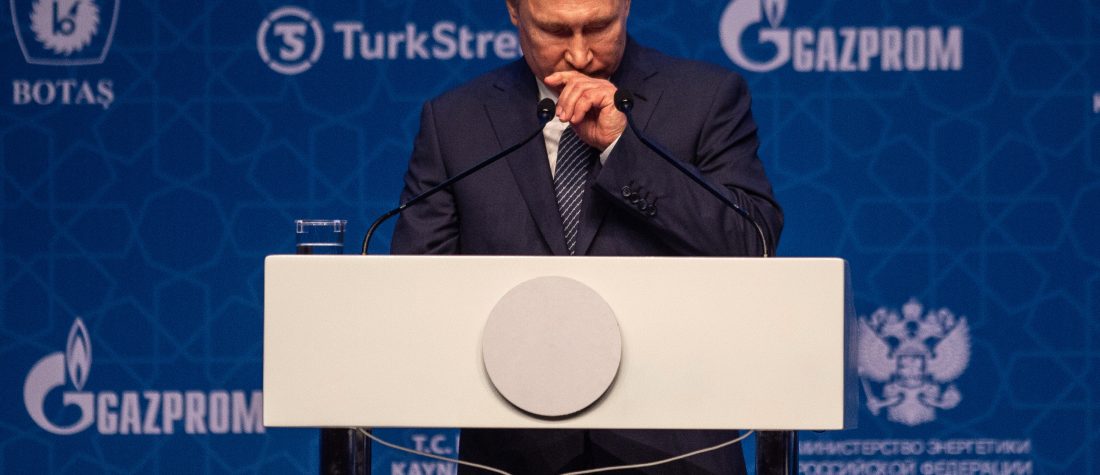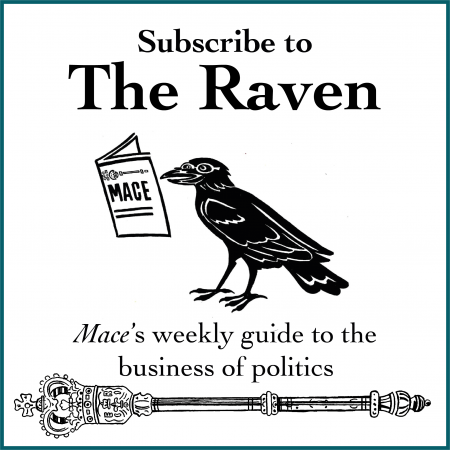In a recent article, Russian President Vladimir Putin stated that Ukrainians and Russians were one people: a controversial claim given recent relations between the two countries. In a long article Putin made several claims based on his very singular interpretation of history, which included that Ukrainians and Russians are “one people” from one historic country.
Yet Vladimir Putin’s essay rewrites key moments, distorts historical context and omits inconvenient realities. It is clear that Putin’s foray into history writing is erring more on the side of historical fiction rather than fact.
Missing the fork in the road
Of course, Russia and Ukraine do share the same historical and spiritual origins. Both nations share the same tribal roots in the House of Rurikid – founded by the Varangian Prince Rurik in 862.
What Putin’s article ignores is that whilst these people shared the same language and culture, over the centuries that followed the Kievan-Rus federation’s collapse in 1240, their paths diverged. Those in Novgorod simply carried on the traditions that they inherited from the Kievan-Rus – including the practices of the Orthodox Church and pagan rituals; those in what are now Ukraine and the Baltic states advanced in different ways.
Dismissing the Ukranian Cossacks
The same is true of Lithuania, another country that President Putin seems to have in his sights in his long read. Yet having been in a union with Poland and much of modern-day Ukraine, Lithuania bears more historically and culturally in common with its Polish neighbours than it does with modern Russia.
Contrary to the claims of President Putin, the Ukrainian Cossacks were not second-class citizens in the Polish-Lithuanian Commonwealth, but rather active participants. They had seats of their own, alongside the tartars, in the Polish Sejm (parliament). The Ruthenian language, the dominant language in those Rus territories absorbed into the Commonwealth, was widely used – the Ruthenian dialect of Ukrainian would later become a language in its own right. Mr Putin, however, writes this off as simply a “peculiarity”.
Reshaping Ukrainian identity
The Warsaw Confederation signed in 1573 guaranteed the rights to religious freedom across the Commonwealth. Islam, Judaism, and Eastern Orthodox Christianity were all practised freely during this time. In fact, the degree of religious freedom inside the country caused tensions with Papal authorities who claimed that ‘heretics’ were able to hide freely in the region.
What changed was the collapse of the Commonwealth, and the interference of the Russian empire in the successor states. Under the autocratic rule of the Romanovs, every attempt was made to suppress regional identities, languages, and customs. This included repressive measures against the Cossacks and Tatars, and the implementation of a policy of russification. Mr Putin conveniently glosses over these events, stating that instead Russian was used to enrich the culture and bring the two sides back together despite centuries apart.
His next claim is that the notion of an independent Ukraine was formed only by a Polish aristocratic elite living in the region. His claim is that the Ukrainians saw themselves as “true Slavs”. He also claims that belief in the sovereignty of Ukraine was simply a tool used by the Austro-Hungarian state to divide ethnic groups in the region.
Selective history
From here, President Putin skips ahead to the Russian Civil War and makes the claim that both Poland and Ukraine violated agreements with the early Soviet Government. What he ignores is that throughout the 1920s, the Red Army attempted to invade both Poland and Ukraine on several occasions only to be repelled by patriots determined to maintain their right to self-determination.
Putin skips forwards again writing: “in 1939 the USSR regained the lands seized earlier by Poland. A major portion of these became part of the Soviet Ukraine.” This is perhaps the most bizarre description of the Molotov-Ribbentrop Pact ever to have been put to paper. Not only does it ignore the deal signed with Nazi Germany over the partition of Poland, but it in effect tries to justify the agreement.
The USSR – but only the good parts
It should also be pointed out, that in skipping from the 1920s to 1939, Putin has chosen to gloss over perhaps the most important event in modern Ukrainian history, which is the Holodomor Genocide. Between 1932 and 1933, as many as 5 million Ukrainians died of starvation in a famine orchestrated by Soviet Leader Joseph Stalin as a means of suppressing decent, and as a consequence of his failed economic reforms. More recent estimates have put the death toll even higher than this, at around 10 million.
That President Putin should decide to omit such a gruesome chapter of Ukraine’s history is unsurprising. For decades the Russian elite have chosen to ignore the events of the Holodomor – it has taken western historians such as Robert Conquest, and Anne Applebaum to bring new light to these events.
Equally, Putin has in his article chosen to gloss over the years of Soviet occupation in Ukraine, such as the deportations of millions of Ukrainians and Crimean Tatars to Gulags on the far side of the Soviet Union. He ignores the impact that the Communist negligence had on the Chernobyl disaster, which even today has a profound impact on the region. He forgets the extreme lengths the Soviets went to try and russify the country – suppressing the Ukrainian language and its users – as they did in Moldova, Latvia, Lithuania, Estonia and elsewhere across the Soviet Empire.
Instead, Putin idolises the USSR – talking of how there were no internal borders, and how they all lived together as one people. In Putin’s mind those people were all Russians, rather than Soviet Citizens. And in imagining history in this way, Putin makes the same mistake that the leadership of the Soviet Union did. Those people in occupied countries never truly saw themselves as Russian or Soviet citizens, but rather the victims of a new Russian Empire that ultimately forced their children to die in its service.
Oblivious or up to something?
Putin’s historical inaccuracies aren’t a matter of ignorance (although believers of it may well be) but are rather an elaborate attempt to rewrite history for his own purposes. In this exercise he has achieved three things.
Firstly, he has created tension. He knew that this article would be shared around the west and inflame opinions in countries that border the present-day Russian Federation. He knew that in writing this piece, he would be able to get under the skins of leaders in Ukraine, Lithuania, Latvia, and Poland – sending them back to the European Council with further fears of Russian aggression supporting Putin’s favourite rhetoric: that the West is out to get him.
Secondly, he has created an account of history that appeals to those at home with a Russian irredentialist view of the world seeking a new form of revanchism against the West for the collapse of the USSR. Many in Russia refuse to believe that the Soviet Empire is gone, and thus seek ways to rewrite history to glorify what has been lost.
Finally, he has created a handy guide to the Russian view of the world for his stooges in Western Europe: those politicians who have spent the last six years struggling with history as they attempt to justify the Russian annexation of Crimea in Parliamentary Chambers and TV Stations across the west.
Demographic shifts are frightening some Russians
Russia is facing a demographic shift. As population growth has declined in European Russia, it has grown in Asiatic Russia. For many in the Russian establishment, obsessed with ethnicity in a way not seen in Europe since the darkest days of Nazism, fear that the balance between Asiatic and European Russians will shift.
The answer, according to many in Moscow, is to simply add more European Russians. As such, they are increasingly looking to countries in which high numbers of ethnic European Russians reside. Ukraine, Latvia, Lithuania, Estonia, Moldova, Georgia, Belarus.
By claiming that Ukraine and Russia are one and the same, Putin is trying to prime the debate that they should join the Russian Federation. A similar operation has been carried out in Belarus, where plans already exist for closer ties with the aim of confederation. Attempts to rewrite history aren’t just about changing the debate on foreign policy, but about changing the attitude internally as well. There is little doubt that the break-up of the Donbas in 2014 was a failed attempt to achieve what was already achieved in South Ossetia in 2008 – the integration of a breakaway puppet.
It is clear that the desire to force Ukraine back into the Russian sphere has not gone away, and Russia’s actions over the last year have shown that they’re willing to keep pressing their claims.


